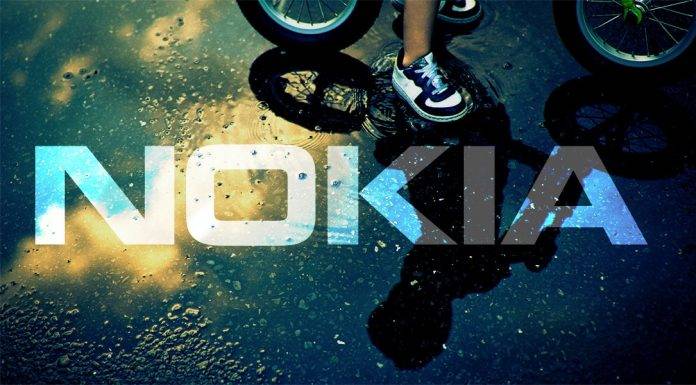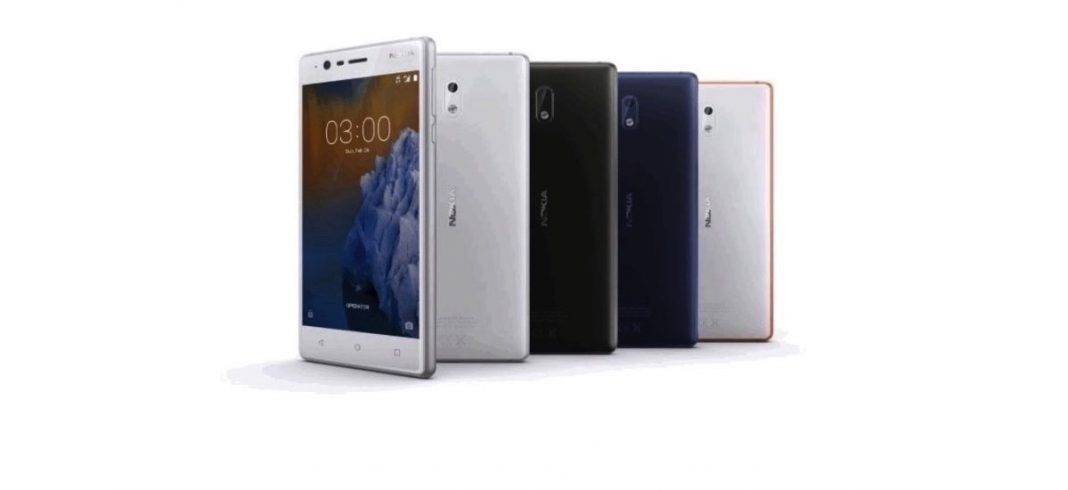
Some millennials may not understand that Nokia used to be a smartphone giant. It was so popular almost two decades ago but failed to keep up with the mobile industry. We remember it saying no to Android smartphone rumors although some old phones were rooted to boot Android. There’s the Nokia N900 but Nokia quickly made it clear that it had no plans for Android devices.
Nokia didn’t believe the early predictions seven years ago that Android would dominate the market. If it did, then it wouldn’t be struggling the past few years. All those prototypes of Nokia with Android didn’t come to fruition until only in 2016. Android on a Nokia phone didn’t happen until Nokia’s mobile business was turned over to HMD Global last year.
HMD Global x Nokia
HMD hired former Rovio CEO, Pekka Rantala, in a bid to bring Nokia smartphones back. Meanwhile, Nokia has acquired Withings with plans to get into digital health tracking. Soon, a Nokia D1C phone running Android 7.0 Nougat was spotted on Geekbench and then AnTuTu. We weren’t sure if it was a tablet or a smartphone but then it was soon confirmed that Nokia would do a global launch of new smartphones in 2017.
Nokia has gone back to its Finnish roots by finding a new home in HMD Global. We heard HMD CEO Arto Nummela talking about Nokia’s branding, phones, and strategies which got us excited. Nokia Android smartphone images were immediately leaked while it sued Apple for patent infringement.
Nokia phone prototypes were spotted in the wild before HMD Global announced it would release four new Nokia Android phones in 2017. From four, the number became 6 or 7 Android devices with the first one to be unveiled was the Nokia 6. That one was spotted on TENAA and was seen running on CyanogenMod software.
We thought there would be a Nokia E1 midrange phone but nothing with that name. We also expected a voice assistant called “Viki” but nothing yet.
The CES 2017 came and we also saw the Nokia 8. We expected a Nokia P1 at the Mobile World Congress in Barcelona, as well as, a tablet with an 18.4-inch display and Snapdragon 835 as sighted on GFXBench. There was only the Nokia 3 and Nokia 5 at the MWC 2017.

The new Nokia 6, 5, 3, and 3310 phones were then listed for pre-sale in Germany. The first Nokia 6 made a mark when it passed a scratch, burn, and bend test with flying colors and was revealed by a teardown video to be very durable.
New Nokia phones were expected to arrive in the US such as the Nokia 7 and Nokia 8 as mid-rangers. These Snapdragon 660-powered devices were officially launched in October and August, respectively.
The Nokia 8 was the brand’s first ever Nokia flagship phone. Its Silver variant went up for pre-order on Amazon earlier while images of the Copper model were leaked before the official reveal. We even heard it would have three variants. The phone launched with special ‘Bothies’ feature and a Snapdragon 835 processor. We were made to understand its design philosophy and soon we found out it would not launch in China and the United States.
Nokia’s other phones like the Nokia 3 budget Android phone passed a durability test with flying colors. Nokia also confirmed all new Android smartphones would receive Oreo starting with the Nokia 5 getting the September Android Security Patch. The Nokia 3 received Android 7.1.1 OS update. HMD Global also said the Nokia 8 flagship phone would be coming to the United States with Android 8.0 Oreo, 6GB RAM, and 128GB storage. The flagship phone went through the same Scratch, Burn, and Bend Durability Test.
Initially, HMD refused to unlock Nokia bootloaders and changed its mind. Now, the company is just busy updating the OS to Android 8.0 as it promised such would roll out for all Nokia phones before 2017 ended.
Nokia then introduced new phones—the Nokia 2 entry-level smartphone (also in Europe and the US) and the Nokia 7, also with Bothies, 6GB RAM, and an SD630 processor. There’s also the Nokia 3 with its Android 7.1.2 Nougat update before the Android 8.0 Oreo is released. The Nokia 2 can be purchased from Amazon.
Android Oreo on all Nokia Phones

To keep its promise of Android Oreo for all Nokia phones, HMD Global introduced the Nokia phones beta labs program for Android 8.0 Oreo. Soon, it opened for the Nokia 8, Nokia 5, and Nokia 6.
We’re not sure what’s happening but the Nokia 8 is believed to be replaced by the unannounced Nokia 9. This particular phone is interesting because we heard about it early in 2017 to have an iris scanner and OZO spatial audio. We even got to uncover availability and pricing and saw the sketches that popped up online. Those live shots and specs plus the impressive scores on Geekbench 3 almost made us believe. We were excited about its 8GB RAM, making us think HMD really meant business. It hit the FCC in the United States and the 8GB RAM variant was then canceled.
We didn’t hear anything from Nokia about the Nokia 9 until those image and 360-degree video renders were unveiled by OnLeaks. We still believe it’s coming but it might not come with a headphone jack. The USB-C port will handle audio. Just before 2017 ended, the Nokia 9 hit the FCC again with dual rear cams and large internal memory. The phone has also been tipped to have dual selfie cameras.

Nokia is definitely trying to make a comeback. So far, so good. We don’t have the numbers right now and we’d like to hear any related report from HMD Global but the brand’s hard work in releasing timely updates are being noticed. Nokia doesn’t have any reason to be late because there are only a few Android models.
Hopefully, we’re crossing our fingers, that Nokia will move up in the sales rankings. We don’t think it will beat Samsung, Apple, or Huawei anytime soon but we believe it has potential to beat the other Chinese OEMs. It may take years before Nokia makes a big mark but as long as it continues to roll out timely updates and come up with really tough phones and affordable prices, the old smartphone giant can easily become a game-changer.










I hope that they do well. It’s unfortunate that they were so indecisive about what direction to go in when they developed 2 good OS’s back then. While we don’t need many OS’s, it was nice to see the level of innovation that came from the players such as Symbian, MeeGo, WebOS, BB OS, and Windows phone that MS dropped the ball on by constantly switching and leaving people in the cold.